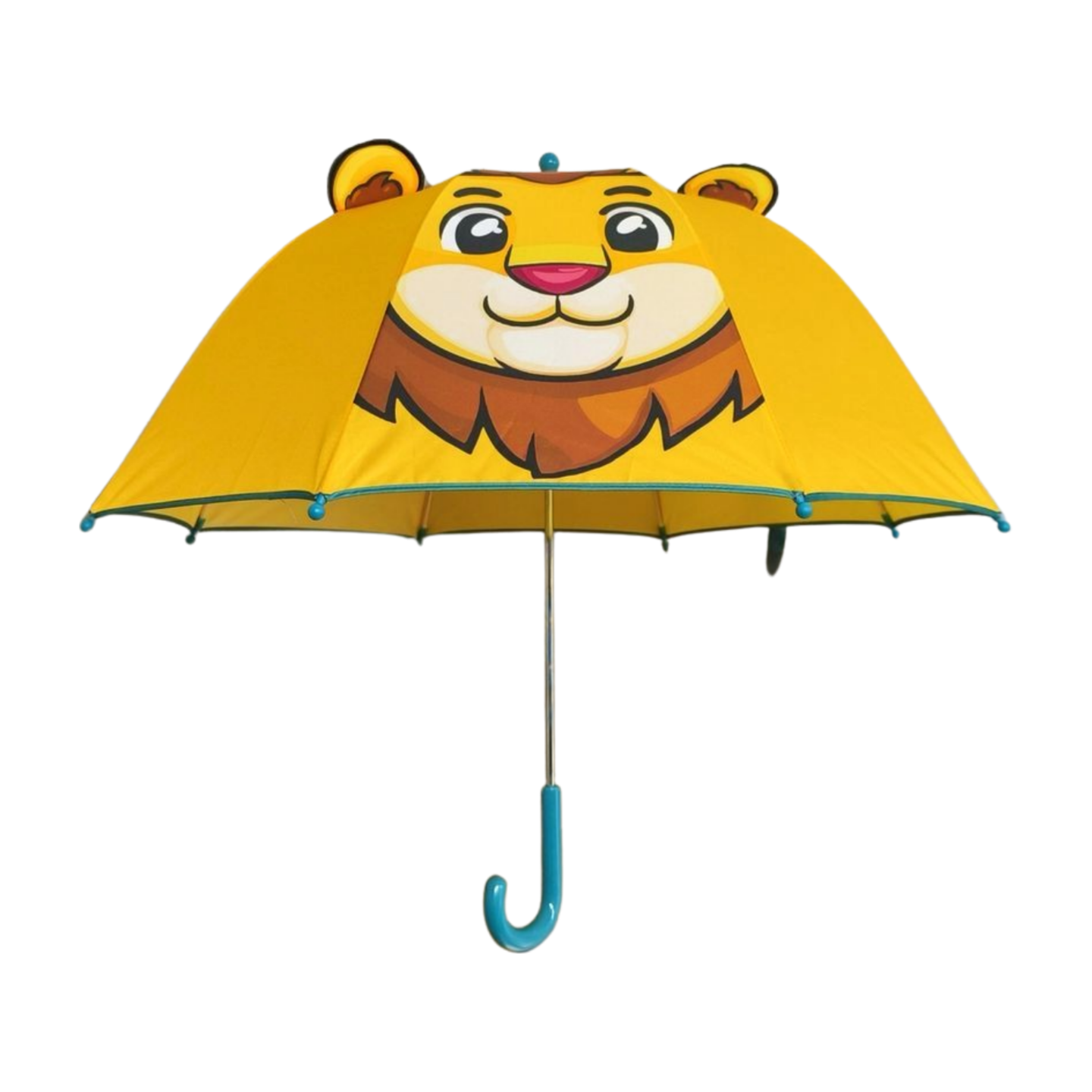
Choosing the right size umbrella for daily use depends on several factors, including your needs, the weather conditions in your area, and portability. Here’s a guide to help you select the most suitable size:
Choosing the right size umbrella for daily use depends on several factors, including your needs, the weather conditions in your area, and portability. Here’s a guide to help you select the most suitable size:
1. Consider the Canopy Size
Small Canopy (30-40 inches): Ideal for individuals who prioritize portability. These umbrellas are compact and lightweight, making them easy to carry in a bag or backpack. However, they provide less coverage and may not fully protect you in heavy rain or wind.
Medium Canopy (40-50 inches): A good balance between coverage and portability. Suitable for most people, offering enough protection for one person and some of your belongings.
Large Canopy (50-60+ inches): Best for maximum coverage, especially if you carry a bag or need to share the umbrella with another person. These are bulkier and heavier, so they’re less convenient for daily carry.
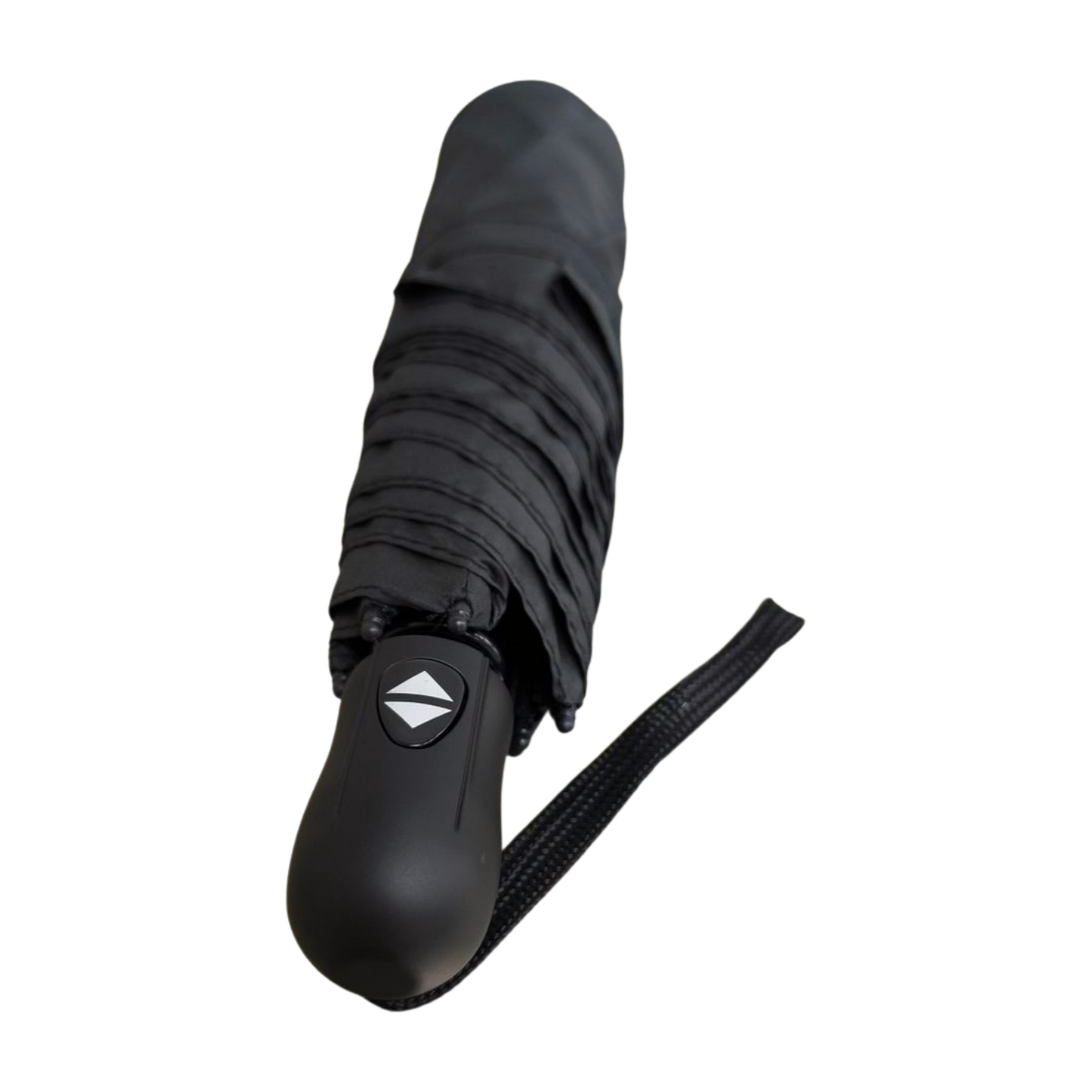
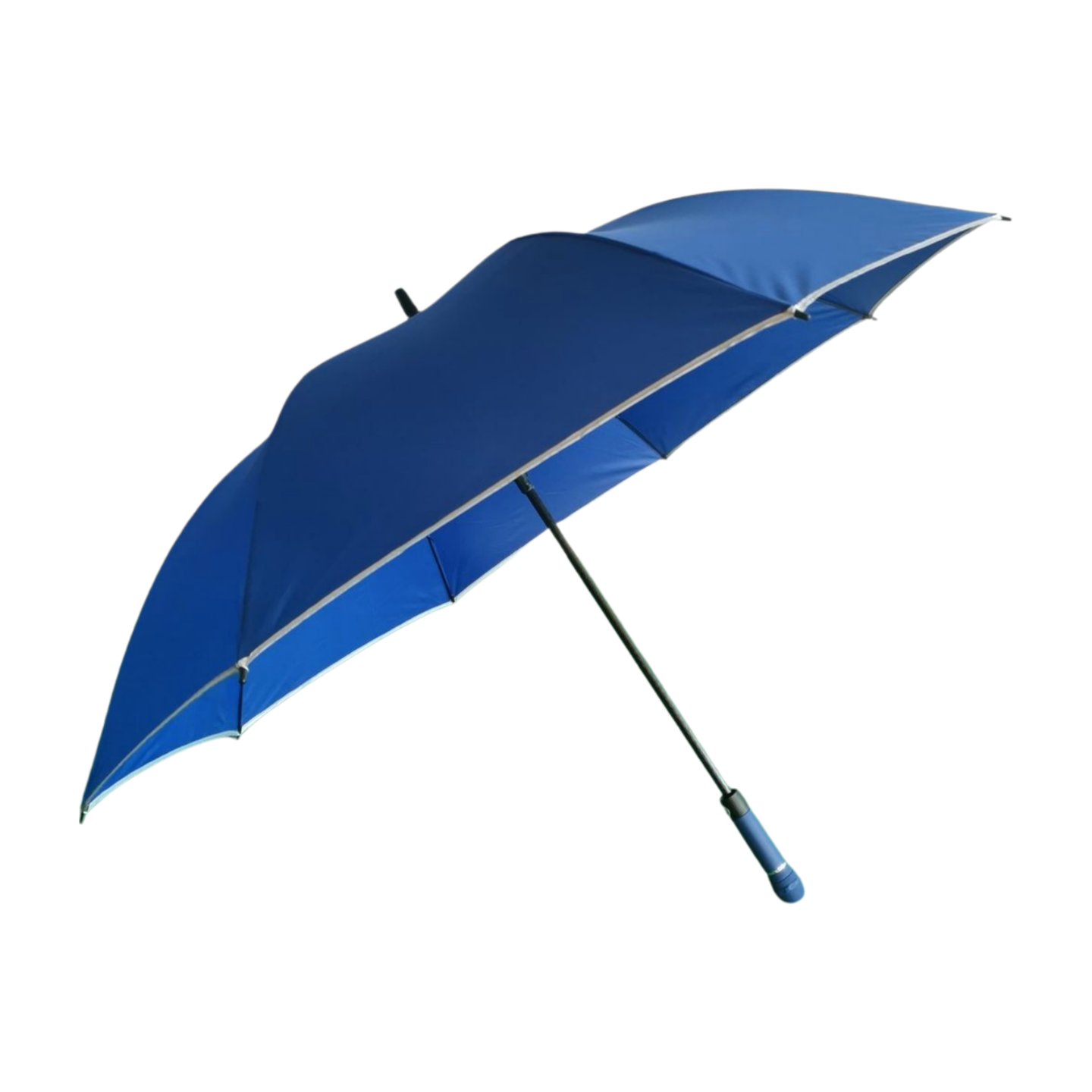
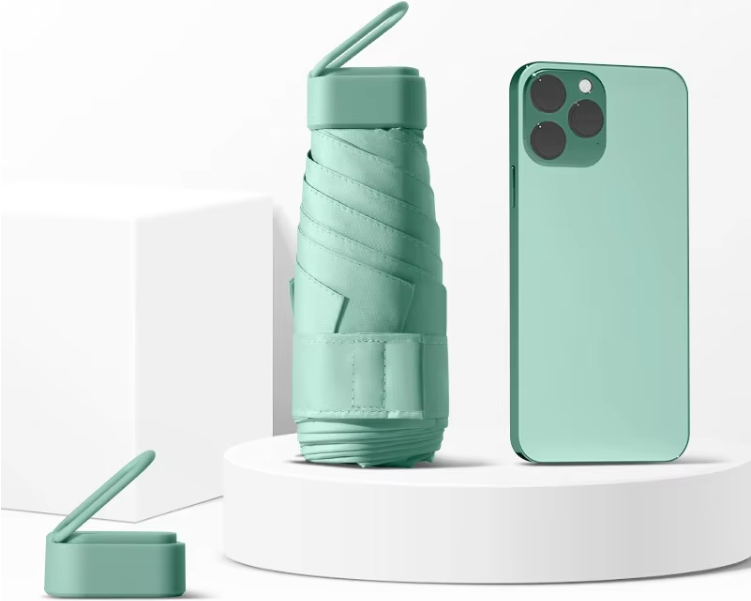
2. Portability
If you commute or walk frequently, opt for a compact or foldable umbrella that fits easily in your bag or briefcase. Look for umbrellas labeled as "travel" or "pocket" umbrellas.
For those who don’t mind carrying a larger umbrella, a full-size umbrella with a sturdy frame and larger canopy may be more suitable.
3. Handle Length
A shorter handle is better for portability, while a longer handle provides more comfort and control, especially in windy conditions.
4. Weight
Lightweight umbrellas are easier to carry daily but may be less durable in strong winds. Heavier umbrellas are sturdier but may be cumbersome to carry around.
5. Material and Durability
Look for umbrellas with fiberglass ribs (flexible and wind-resistant) or steel ribs (sturdy but heavier).
The canopy material should be water-resistant and quick-drying, such as polyester or pongee fabric.
6. Wind Resistance
If you live in a windy area, choose a windproof or vented umbrella designed to withstand strong gusts without flipping inside out.
7. Ease of Use
Automatic open/close mechanisms are convenient for daily use, especially when you’re on the go.

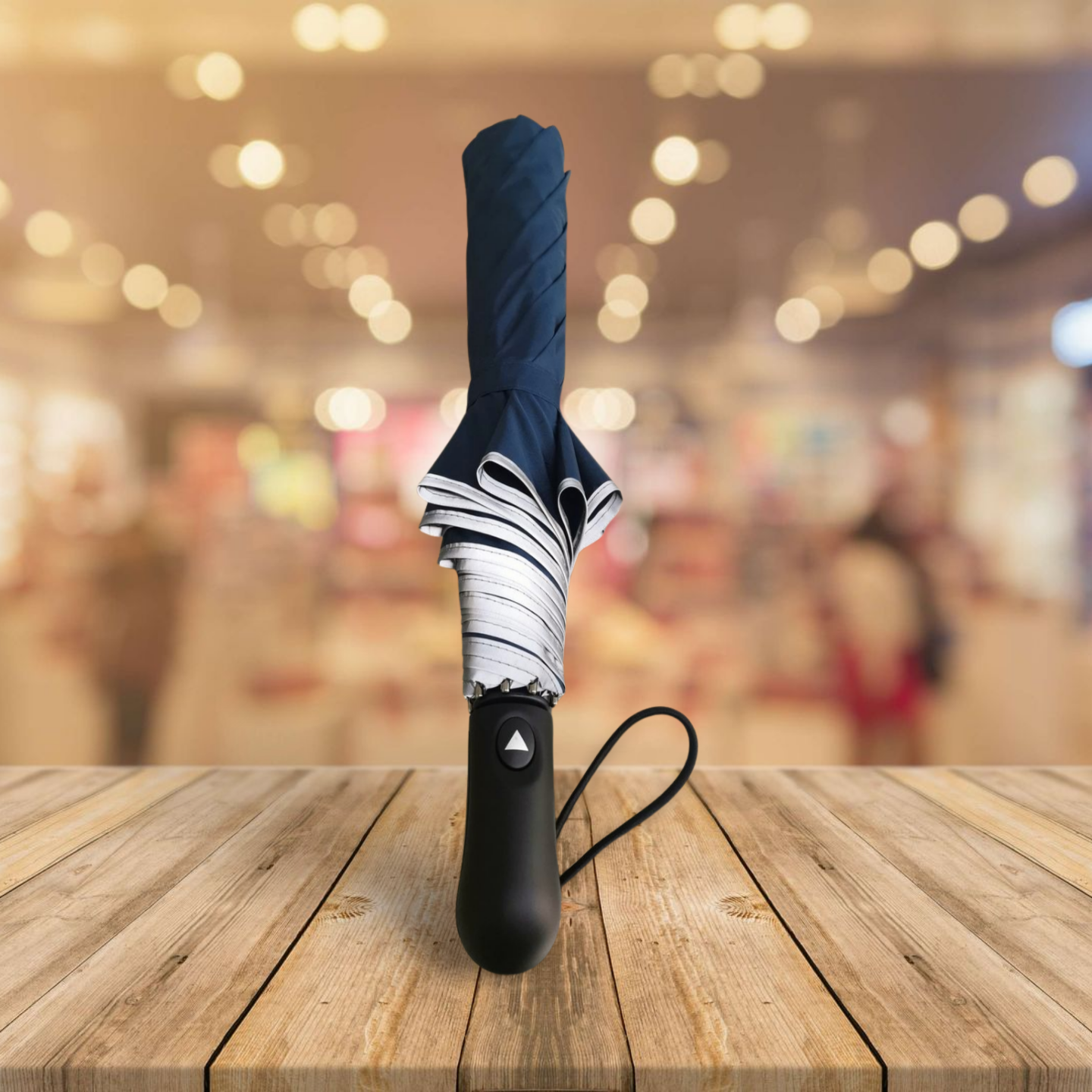
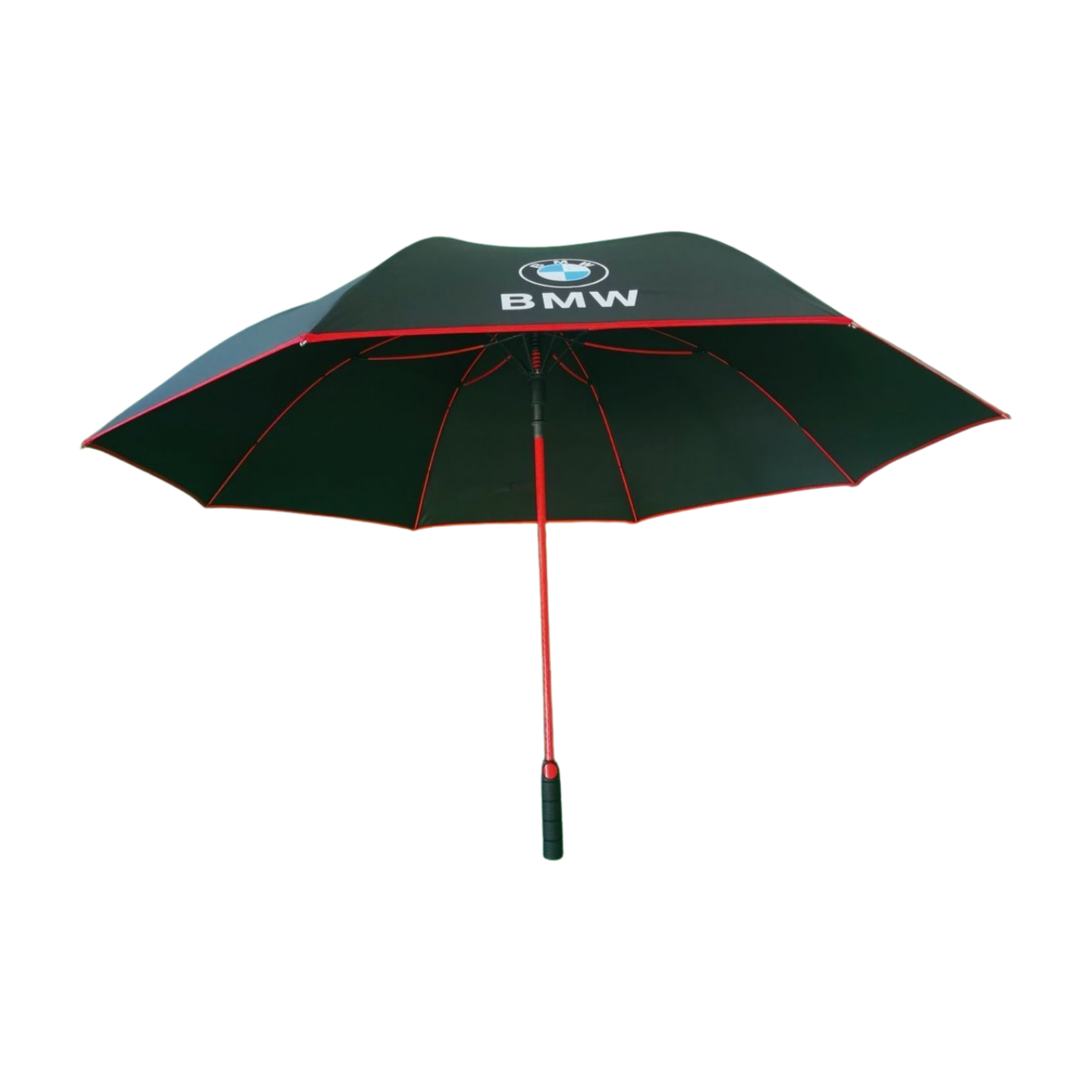
Recommended Sizes (when opening):
For solo use: 40-50 inches (medium canopy).
For sharing or extra coverage: 50-60+ inches (large canopy).
For children : 30-40 cm (small canopy).
For portability: when closing, the length is shorter, for example shorter than 32 cm or much shorter.
By considering these factors, you can find an umbrella that balances coverage, durability, and convenience for your daily needs.
Post time: Feb-18-2025

